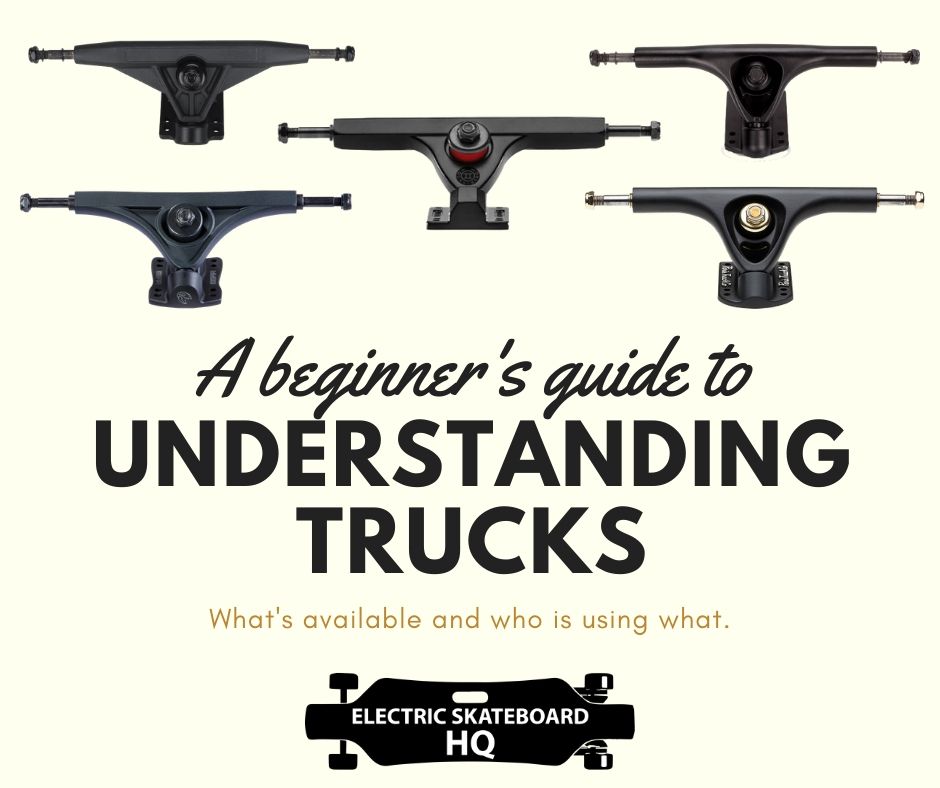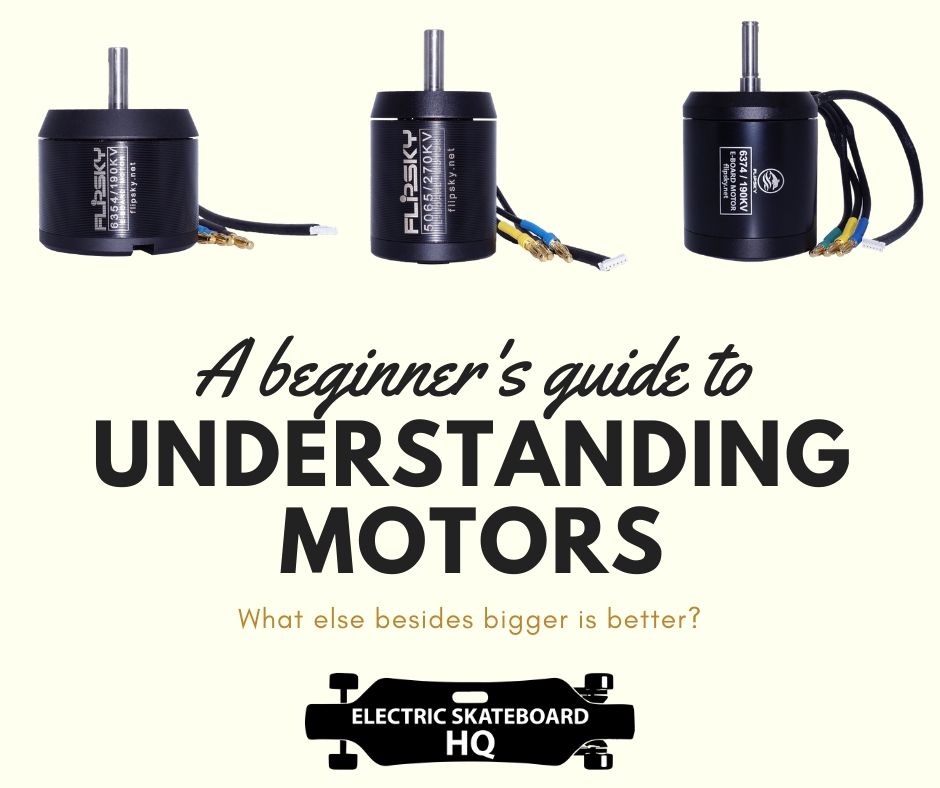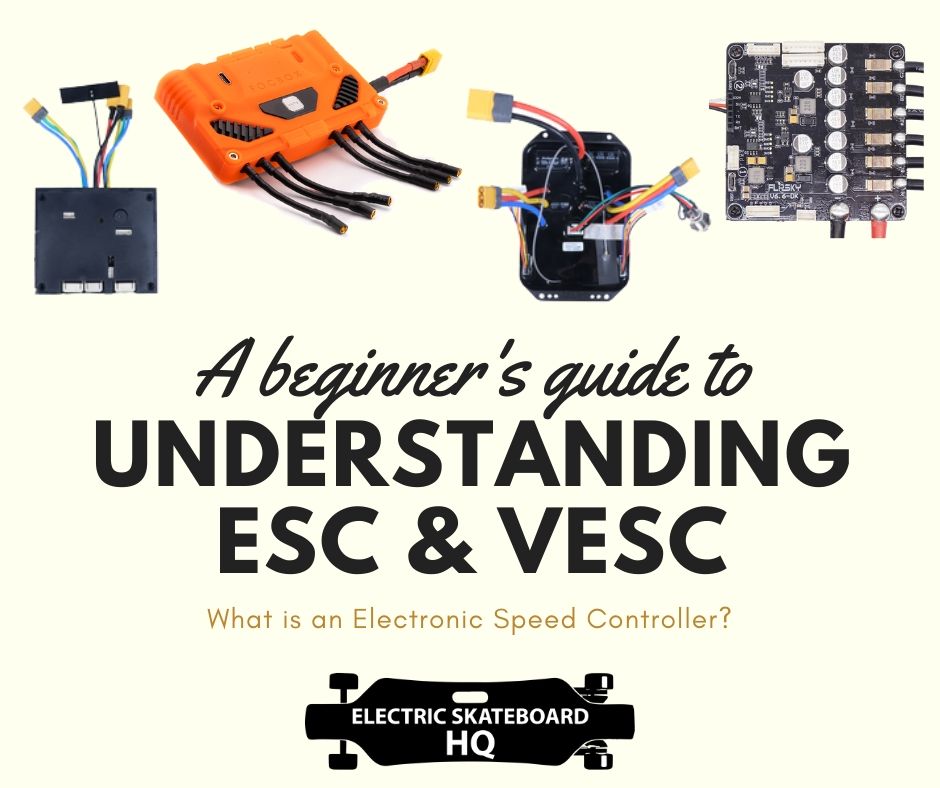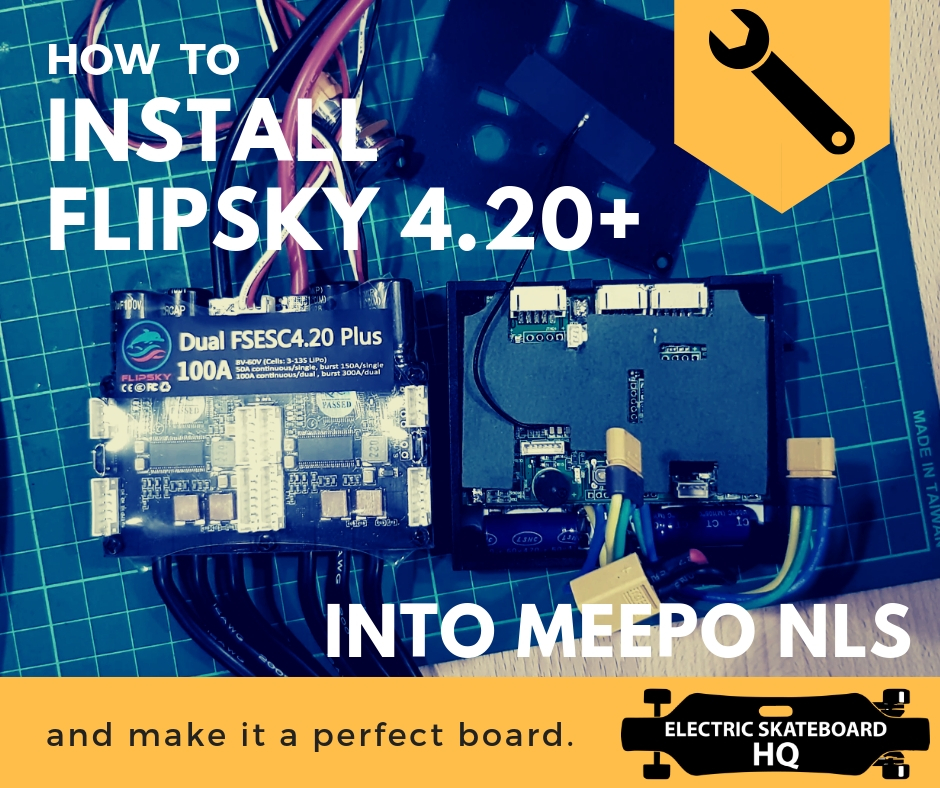For anyone wanting to know more about skateboard and longboard trucks in general, Stoked Ride Shop has a very very comprehensive guide with excellent infographics that covers everything about trucks.
For those who are shopping for production boards, there are a few trucks that are very commonly used.
Generic Truck – Paris clone
They are easier to turn with but less stable at higher speeds.
Generic Trucks – Type A
More stable but harder to turn.
Generic Truck for Belt and AT
Most budget belt drive and AT boards comes with this set of trucks. They allow easy conversion to street wheels. However, they do not have much personality. For me, they are too turny for AT set-up but pretty okay when used with street wheels.
Besides the trucks above, some major Chinese brands had made their own trucks by cloning well-known trucks.
Meepo’s Shredder Trucks
Shredder Trucks are the clone of Bear Kodiak’s. However, unlike Bear Kodiak’s, Shredder Trucks are 200mm in length and takes super tall 20mm Macroon bushing. Nevertheless, Shredder Trucks are very comfortable to ride on, and Shredder’s back trucks are probably the best hub motors back truck that’s readily available.
Backfire’s Caliber II Clone
Looks exactly like Caliber II But it aint.
While Backfire uses genuine Caliber II trucks on its premium line-ups, it uses a 180mm Caliber II clone for less pricey boards. They look exactly like the genuine Caliber sans the logo and perform very well too.
For DIY
Belt Drive

When it comes to building a DIY belt-drive, the most common truck used is the Caliber II trucks. This is not only because Caliber II is known for stability and that’s what eskates are usually big on; but also because the square hanger of the trucks makes mounting a motor mount easy. While you need to file the hanger of a Paris truck to stick the motor mount, there are plenty of readily available motor mounts that work well with the Caliber.
Hub Motor
Generic Truck Type A Meepo’s Shredder Truck Generic Truck Paris Clone
For Hub drives, you have to find special trucks that allow you to slot in your trucks. Your best bet probably is going to be Chinese eskate vendors (like the Meepo, Backfire, Ownboard, and Wowgo) to buy the one they use on their production boards. Alternatively, you can go to www.DIYeboard.com or online market place such as TaoBao or Aliexpress to get one – but it is very difficult to check for quality going this route.
MountainBoard

For MountainBoards truck, there are a few common choices: Trumpa Trucks, Generic MountainBoard Trucks like the one from Mboards or DIYeboards, or go for trucks used by vendors such as the Lacroix HyperTrucks.
Trampa Truck Lacroix Hypertruck
Double Kingpin Trucks
Gullwing Sidewinder Evolve Super Carve
DIYing with a Double Kingpin truck used to be complicated, you either get a pair of Gullwing Sidewinder and try to get a motor mount on it or try to get your hands on a pair of Evolve Super Carve Trucks. But now, however, it is a lot easier to get eskate double kingpin trucks of various kinds.
You can get Direct Drive Double Kingpin Trucks from Elofty, or go to vendors such as Ownboard, Verreal and see if they would sell you the DKP trucks they use on their belt-driven board; or Backfire and Wowgo and see if they would sell you the one they use in their hub-driven board.
What is your favourite truck? Have you swapped out the truck of your eskate? Let us know in the comment below!
If you are buying any DIY part, do check out our “discount code” page as we might very well have an affiliate discount code for some of them!






























































